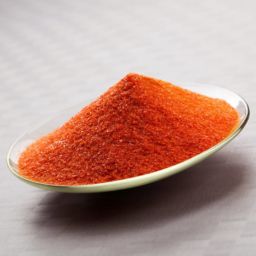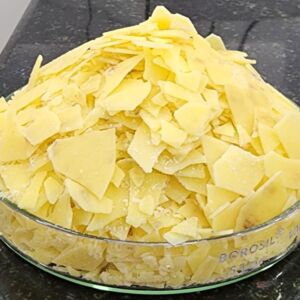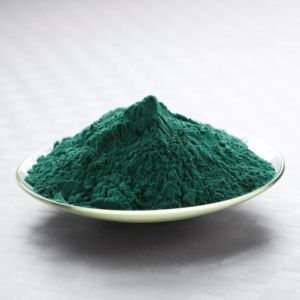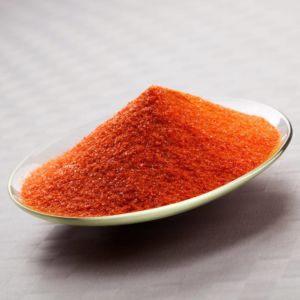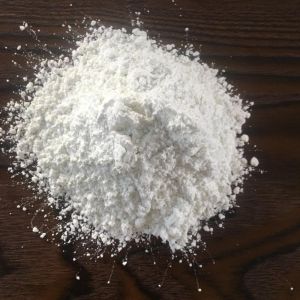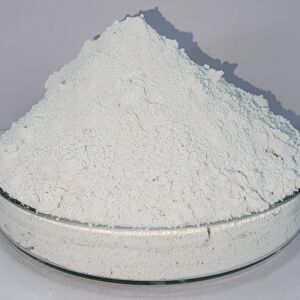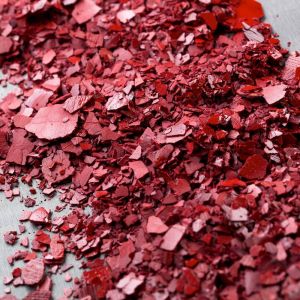S.No | Description | Specifications |
|---|---|---|
| 1 | Molecular Formula | K2Cr2O7 |
| 2 | Molecular weight | 294.19 |
| 3 | Bulk Density (g/ml) | 1.4 to 1.6 |
| 4 | Solubility in water (%). | 6.5% at 10 Deg C |
| 5 | Appearance | Red-orange crystalline solid |
| 6 | Odor | Odorless |
Potassium Dichromate
Potassium Dichromate is as an oxidizing agent in variety of applications such as manufacturing of matches, fireworks, dyes, glass, photography, ceramics and wood treatment. It is also used as a catalyst for metal production and in the manufacture of specialty glass.
S.No | Characteristics | Specifications |
|---|---|---|
| 1 | Appearance | Orange Red, Non-Caking Crystalline Powder |
| 2 | % Purity (as K2Cr2O7) min. | 99.70 |
| 3 | % Moisture max. | 0.06 |
| 4 | % Sulphate (as SO4) max. | 0.04 |
| 5 | % Chloride (as Cl) max. | 0.05 |
| 6 | % Matter Insoluble in Water max. | 0.02 |
| 7 | pH in 5% Solution | 3.70-3.90 |
- Chromium source in preparing chromium compounds
- Leather tanning and screen printing
- Electroplating
- Pyrotechnics and explosives
- Pigment preparation
- Wood preservative
- Metal treating and corrosion inhibitor
- Oil drilling & silver testing
- Catalyst for the chromium metal production
- Photographic engraving
- Preparation of “chromic acid”, which can be used for etching materials
- 25 kg or 50 kg inner layer polyethylene, outer layer polypropylene woven bags
- 250 kg drums
- Store in cool and dry place
- Keep away from sunlight and heat sources
- Protect against physical damage
- Store in a dry location separate from combustible, organic or other readily oxidizable
materials - Avoid storage on wood floors
- Remove and dispose of any spilled dichromate; do not return to original containers
- Containers of this material may be hazardous when empty since they retain product residues (dust, solids); observe all warnings and precautions listed for the product
- Harmful effect on skin and eye
- After contact with skin and eye wash immediately with water
- Avoid breathing the dust
- Wear special protective equipment such as protective clothing, including boots, gloves, lab coat, apron or coveralls, as appropriate, to prevent skin contact for maintenance break-in or where exposures may exceed established exposure levels
- Use chemical safety goggles and/or full-face shield where dusting or splashing solutions is possible. Maintain eye wash fountain and quick-drench facilities in work area


